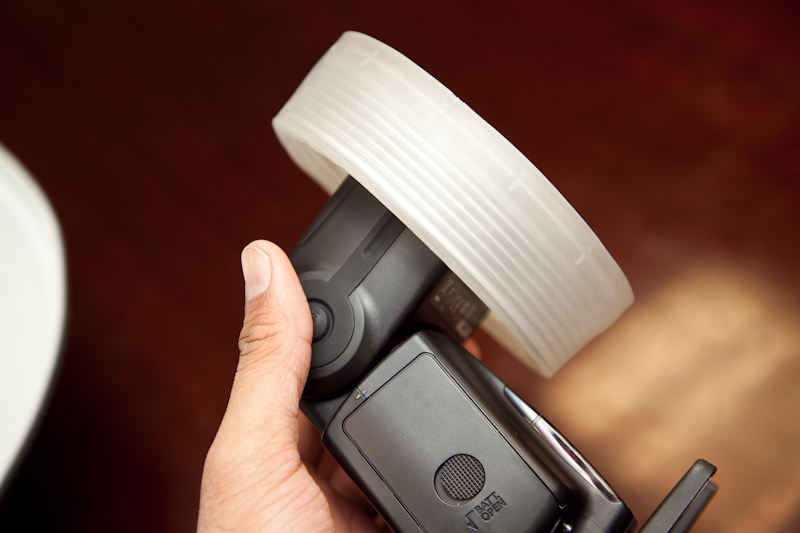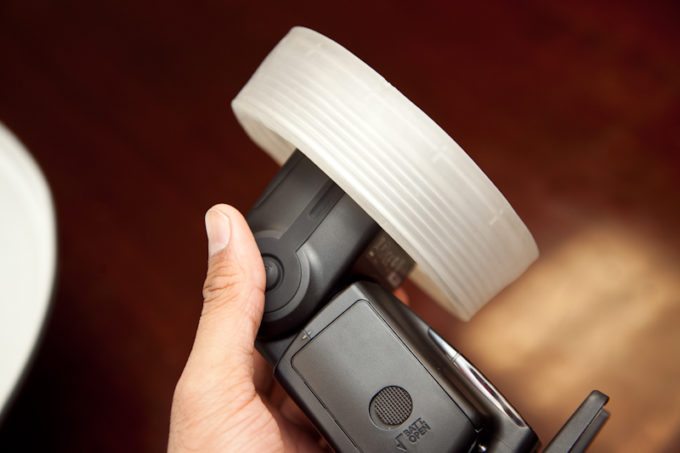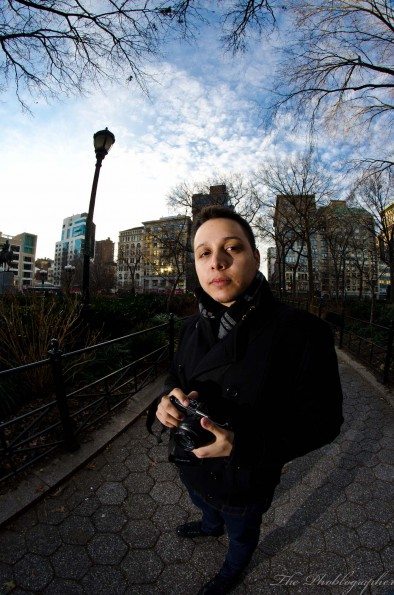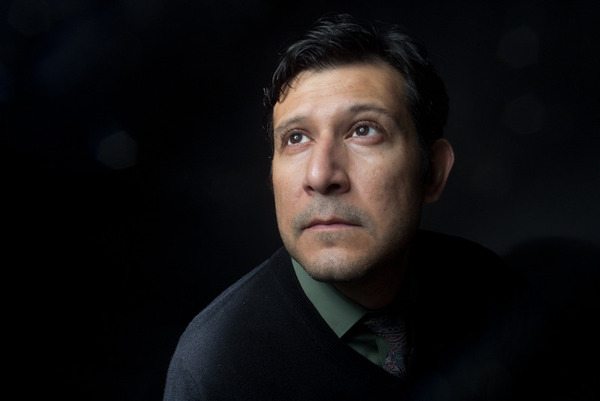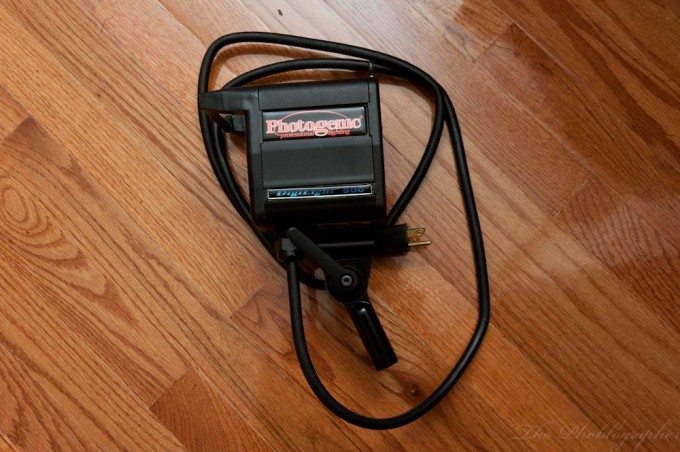Many people are already intimidated enough by off-camera lighting that isn’t ambient or natural. But the truth of the matter is that you really don’t have to be if you’re willing to experiment a bit, analyze your mistakes and then re-evaluate your approach. In no time, you can actually learn to master the flash quite well. Then there is the issue of cost: which can be settled quite easily.
Here is a list of some of the best flashes, monolights and constant lights from a guy that has experimented and own three different camera systems and has played with lots of different lighting units. Note that all units named in this round up have been tested by me.
TTL Flash
Canon 430 EX II: The 430 EX II is the very first flash I ever bought and it still comes with me to this day. Though it is often delegated to being my secondary flash as my 580 EX II has me addicted to its abilities, the 430 EX II served me well through many weddings, portrait sessions, events, etc. The 430 EX II is extremely capable at its price point and it will take you quite a while to outgrow it. Not only is it e-TTL capable with Canon’s cameras, but it is also capable of manual output operation, a head that can tilt and swivel quite a bit, is small, and can also act as a slave unit to be triggered by your camera. If you’re a 7D, 60D or T3i owner, then you can wirelessly trigger this flash to be an off-camera light.
That alone will give you lots of long term use. We’ve got a guide to Canon’s wireless flash system and a tutorial on using them wirelessly here. As long as you understand that all speedlites (and speedlights) are best used by bouncing the light off of a surface to therefore turn that surface into a giant softbox (or reflected light panel) then you’ll be all set.
I usually use it now with a Rogue Flash Bender but I felt it was best paired with the Orbis.
Nikon SB-700: This is the modern version of the budget level Nikon users’ flash. I’ve used the SB-700 a few times, but I’ve used the SB-600 much more often. It it capable of doing pretty much everything that the Canon 430 EX II can do. I’ve used the sB-600 with the OCF Gear TTL cord, and loved what the combo is capable of delivering. Admittedly, I find the SB-600 a bit tough to use though at times.
Olympus FL36r: As perhaps the toughest flash to use in this category, the FL-36r by Olympus is the best choice for both Micro Four Thirds owners and Four Thirds owners. It is capable of acting as a slave unit for EP3 and EPM1 owners and will fully meter with all of the cameras in the system.
Rokinon D900AFZ-OP: If you’re looking to only use the flash in the hot shoe, then the Rokinon D900AFz is a no brainer. It will fully meter with the camera system. However, the only major bummer to it is that if you want to use it manually, you’ll have to do so on another system’s camera or with a non-TTL cord. And then, it only outputs at full power. In practice, you’ll probably only get off around 10 flashes before it totally kills the batteries on you.
Instead, you’re better off going for an actual manual flash.
Manual Flash
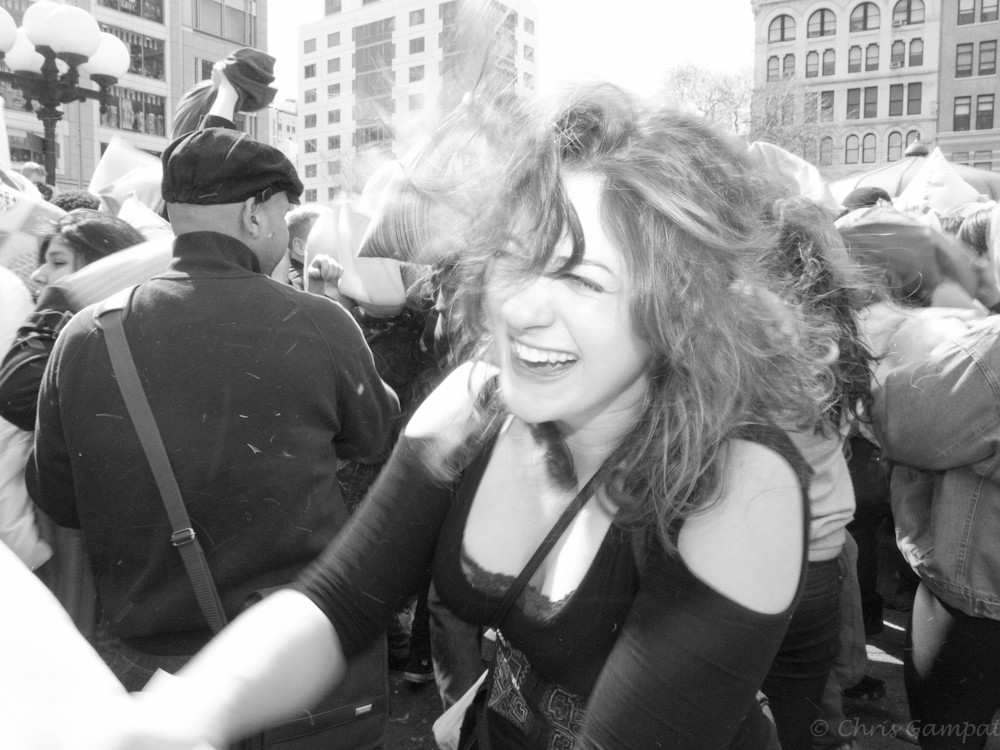
Vivitar 285HV: Back in the days when serious photographers used medium format rangefinder cameras like the Mamiya 7 II (reviewed here), many photographers would opt for the Vivitar 285HV. This flash is built very tough, is powerful, easy to use and also has a bounce/swivel head. Additionally, the user can dial in the amount of power they specifically want to use.
Use in your hot shoe, off to the side with a bracket, or with a PC cord.
Vivitar SF4000: During my Olympus XZ-1 review, I stuck this little flash on top of the point and shoot and use it directly aimed at my subjects. I was able to achieve a Bruce Gilden type of look while capturing fast moving subjects at the annual Pillow Fight in Union Square, NYC. In the end though, the foot broke while getting smacked by an attendee’s pillow. If you’re not going to roughhouse the flash, then consider this one. However, it’s so affordable that you can probably buy around 6 or more at a time.
Also consider using it with light modifiers.
Monolight
Impact LiteTrek: For the super-affordable price that it is currently going for, you really can’t go wrong with a LiteTrek. With this much power available (400 watt seconds), manual control of the output, an umbrella reflector, a light stand, a battery pack (for portable use) and a case to hold it all; you’ll kick yourself for not getting this one. The LiteTrek was tested by me before it was announced, and I was amazed by how simple it is to use. Indeed, it’s a system that a photographer can grow with and it will last well into the professional stages of your career.
We tested the LiteTrek here on the site as well.
Impact Two Monolight Kit with Stands and Softboxes: Though this kit is half the power of the LiteTrek, you still get two lights with it. Each light is around 100 watt seconds, which is a bit more powerful than the TTL flashes I named previously. Two of them in the right places can make all the difference.
These ones are a bit more complicated to use, so I recommend that someone with patience and lots of dedication get these.
White Lightning X800: Paul C Buff is known throughout the industry for making affordable and excellent lights. Indeed, the White Lightnings are still used by many wedding and portrait photographers. Put them on a stand, raise them all the way to the ceiling, and then have them fire. They’ll light up an entire room with no trouble at all.
A good buddy of mine still has his from high school and whenever he takes them out of the closet, he smirks. One of the reasons why is because the lights helped him through some of his darkest financial situations.
Alienbees B800: Though I’ve used these units only a couple of times, I was very impressed by what they can do. The light output that they can deliver for the price is absolutely incredible. Additionally, Buff’s light modifiers are also quite good. The graduation portrait above was shot using these.
Constant Light
Photogenic CL500: My review of the Photogenic CL500 constant light was extremely positive, and I still use it to this day. I recommend Photogenic because of their excellent build quality and the affordability. The only quirk I really had with them is that they’re not the most portable units. However, I really can’t complain at the price point.
Additionally, for models with sensitive eyes, they’ll like the soft output of this light with Photogenic’s light modifiers. You’ll appreciate the power.
Impact One Light Umbrella Kit: This is a unit that I’m currently testing out. It’s a steal: a light, a stand, and a 46 inch umbrella that offers enough light to light both my living room and half of my dining room. I’ve used it so far for macro shooting at F/32 and some videos. At its price point, I once again can’t complain.
However, I’d recommend Smith and Victor bulbs with it.
These flashes, monolights, and constant lights have been the backbone of my photography so far and I wouldn’t have been able to grow without them in the various situations that I’ve been in. In the end, it’s the photographer that creates the image and places the lights where they need to be. However, you need to have light to begin with. And many times, natural light doesn’t cut it.
Please Support The Phoblographer
We love to bring you guys the latest and greatest news and gear related stuff. However, we can’t keep doing that unless we have your continued support. If you would like to purchase any of the items mentioned, please do so by clicking our links first and then purchasing the items as we then get a small portion of the sale to help run the website.


